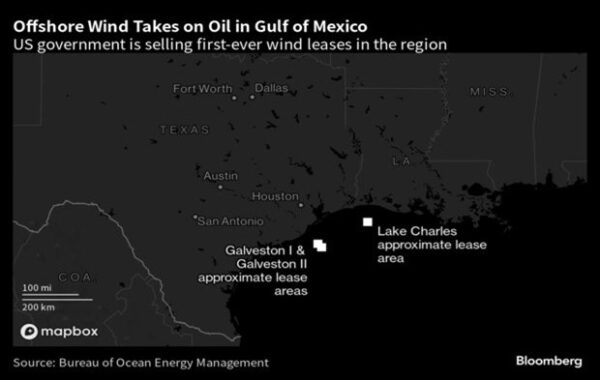The American Energy Alliance supports H.R. 1435 the Preserving Choice in Vehicle Purchases Act which would limit the ability of California regulators to restrict the type of vehicles that Americans can purchase.
Neither the Energy Policy and Conservation Act (EPCA) which established fuel economy standards, nor the Clean Air Act (CAA) which regulates vehicle tailpipe emissions gives California, or any state, the authority to ban certain types of cars. In fact, both EPCA and the CAA clearly preempt such state-level regulatory overreach. However, California regulators, with connivance of federal officials, have sought to use the state’s CAA waiver authority to impose their own vehicle mandates on the rest of the country. While the plain language of EPCA and the CAA should make clear that California’s waiver authority does not extend so far, two administrations have now attempted to allow this kind of overreach. This shows the need for this timely legislation, which would make clear that such an end around is not allowed.
California’s CAA waiver authority was meant to give California the ability to address pollution issues specific to that state. It is not a license for California to impose its regulatory preferences on the rest of the country. Thus this effort to limit California’s waiver is not an infringement on federalism, it would actually preserve principles of federalism by making clear that California’s waiver is not a free pass to regulate the national motor vehicle market from Sacramento.
A YES vote on H.R. 1435 is a vote in support of free markets and affordable energy. AEA will include this vote in its American Energy Scorecard.

